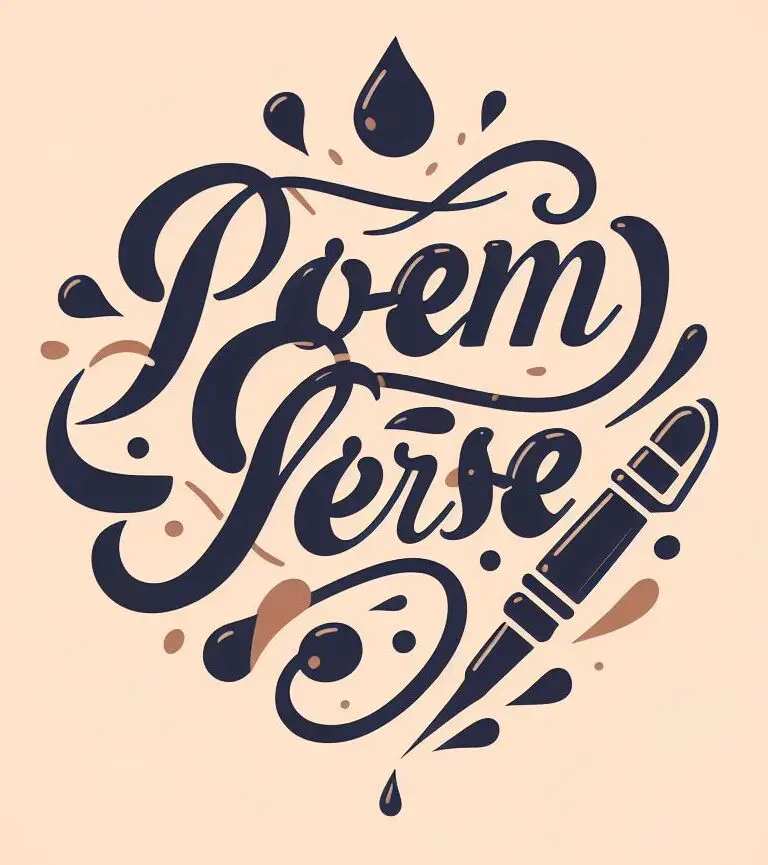Poems about the Fiery Embrace: Exploring the Power of Fire in Poetry
Fire has captivated human imagination since time immemorial. Its flickering flames and radiant heat have both warmed and terrified us, making it a powerful symbol in literature and poetry. From ancient myths and folktales to contemporary works, poets have found inspiration in the burning intensity of fire. Let's explore this elemental force through a selection of evocative poems that illuminate its beauty, destructiveness, and transformative power.
1. "Fire and Ice" by Robert Frost
"Some say the world will end in fire,
Some say in ice."
Robert Frost's masterful poem "Fire and Ice" explores the contrasting elements of fire and ice as potential agents of destruction. The poet contemplates whether fire or ice will bring about the end of the world, symbolizing the destructive forces within humanity. The brevity and simplicity of Frost's words intensify the impact of this thought-provoking piece.
2. "Love's Fire" by William Shakespeare
"Love is a smoke made with the fume of sighs."
In his play "Romeo and Juliet," William Shakespeare famously declared that love is like a burning fire. The metaphorical comparison of love to smoke symbolizes its ephemeral and unpredictable nature. By equating love to fire, Shakespeare vividly captures the intensity, passion, and potential for both warmth and destruction that love can bring.
3. "The Fire Sermon" by T.S. Eliot
"Burning burning burning burning"
In "The Fire Sermon," T.S. Eliot draws on the imagery of fire to depict a world consumed by desire and decay. The repetition of the word "burning" emphasizes the all-consuming nature of desire and the destructive consequences it can have on individuals and society. Through the motif of fire, Eliot explores themes of spiritual emptiness and the need for purification.
4. "Fire" by Judy Brown
"What makes a fire burn
is space between the logs."
Judy Brown's poem "Fire" explores the transformative power of fire as a metaphor for personal growth. By emphasizing the significance of space between the logs to create a fire, Brown suggests that embracing emptiness and solitude is essential for igniting one's inner fire and finding one's true self. The poem encourages readers to embrace the gaps in their lives as opportunities for self-discovery and renewal.
Fire, with its mesmerizing allure and destructive potential, has long fascinated poets. The poems mentioned above provide a glimpse into the diverse ways in which fire can be interpreted and symbolized in poetry. Whether as a force of destruction, an agent of transformation, or a metaphor for intense emotions, fire continues to ignite the imagination of poets, reminding us of its power to both consume and illuminate our lives. So, let these poems kindle your own creative fire and explore the depths of this elemental force through the written word.

Entradas Relacionadas